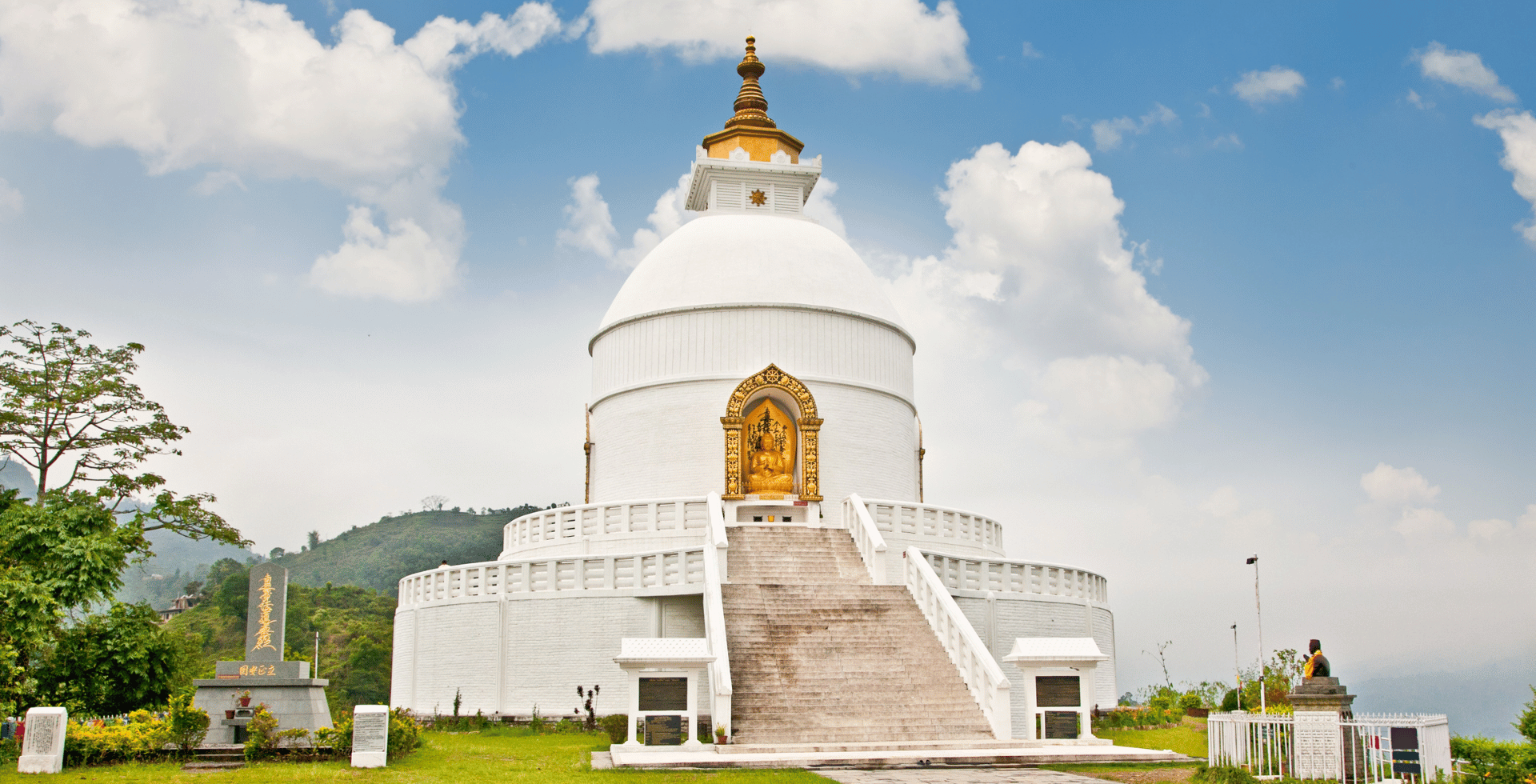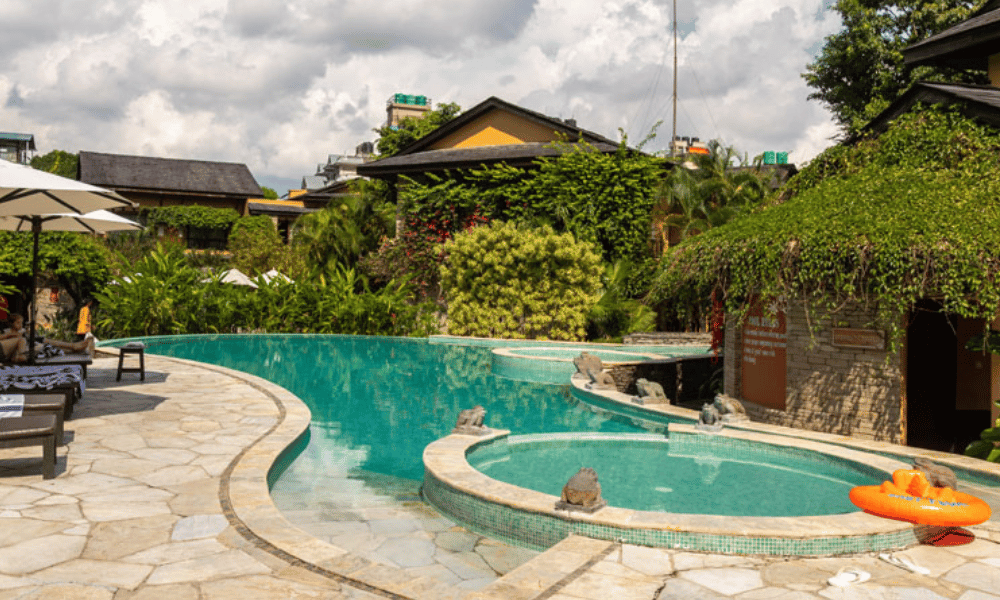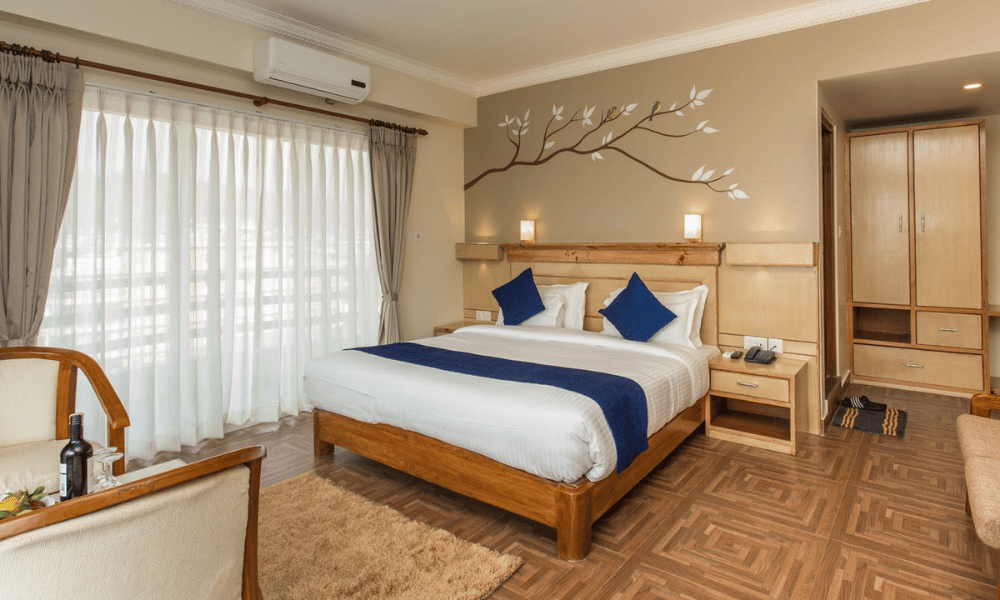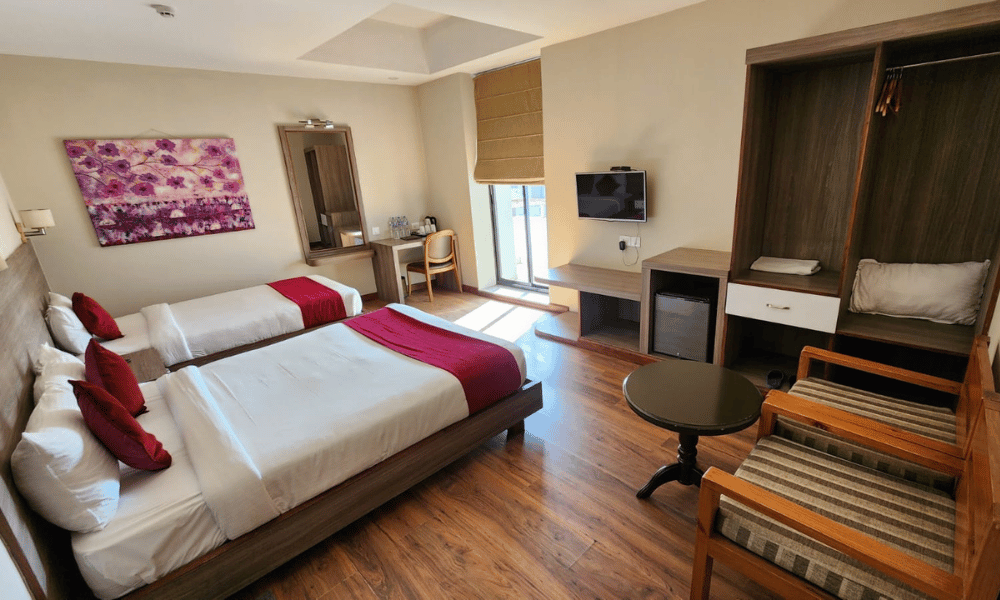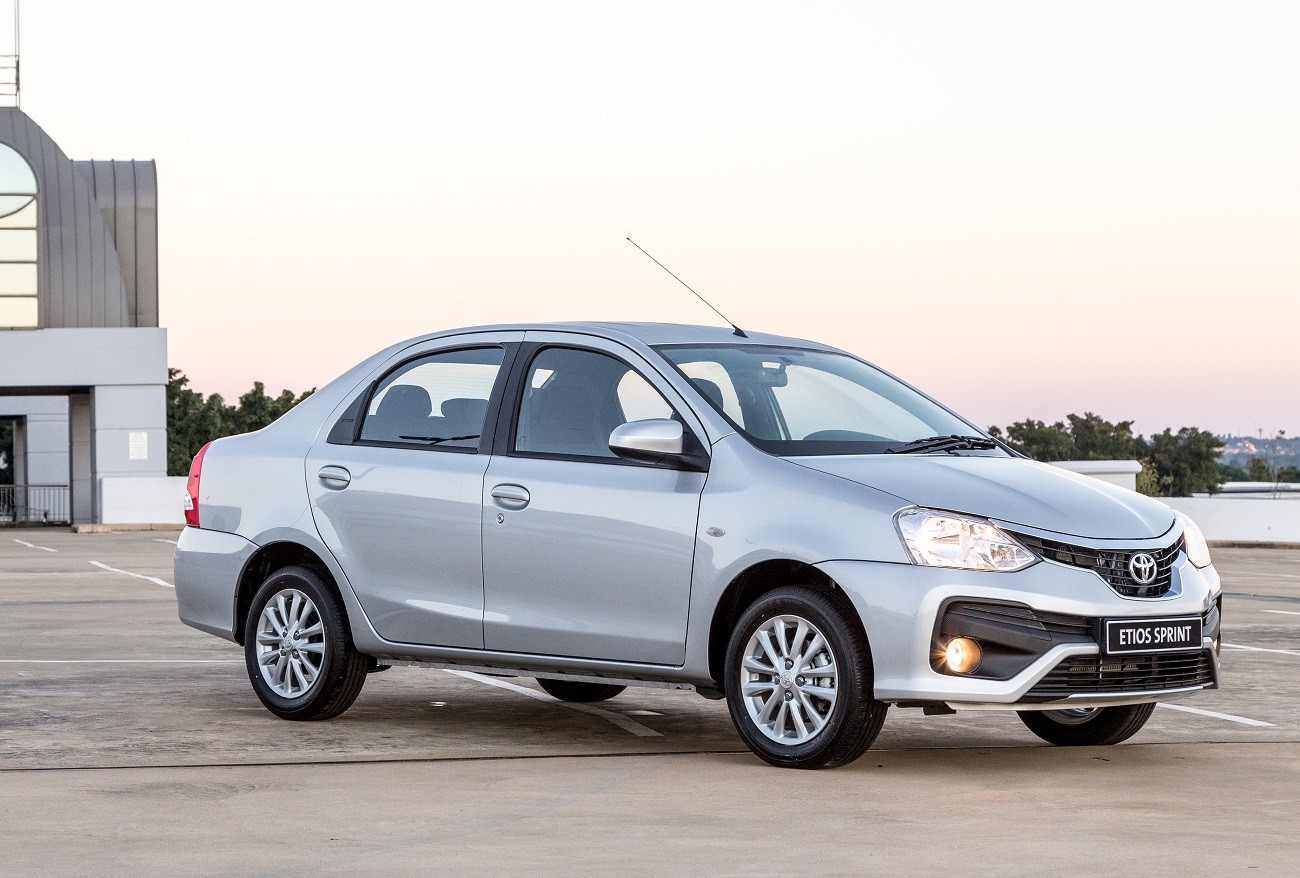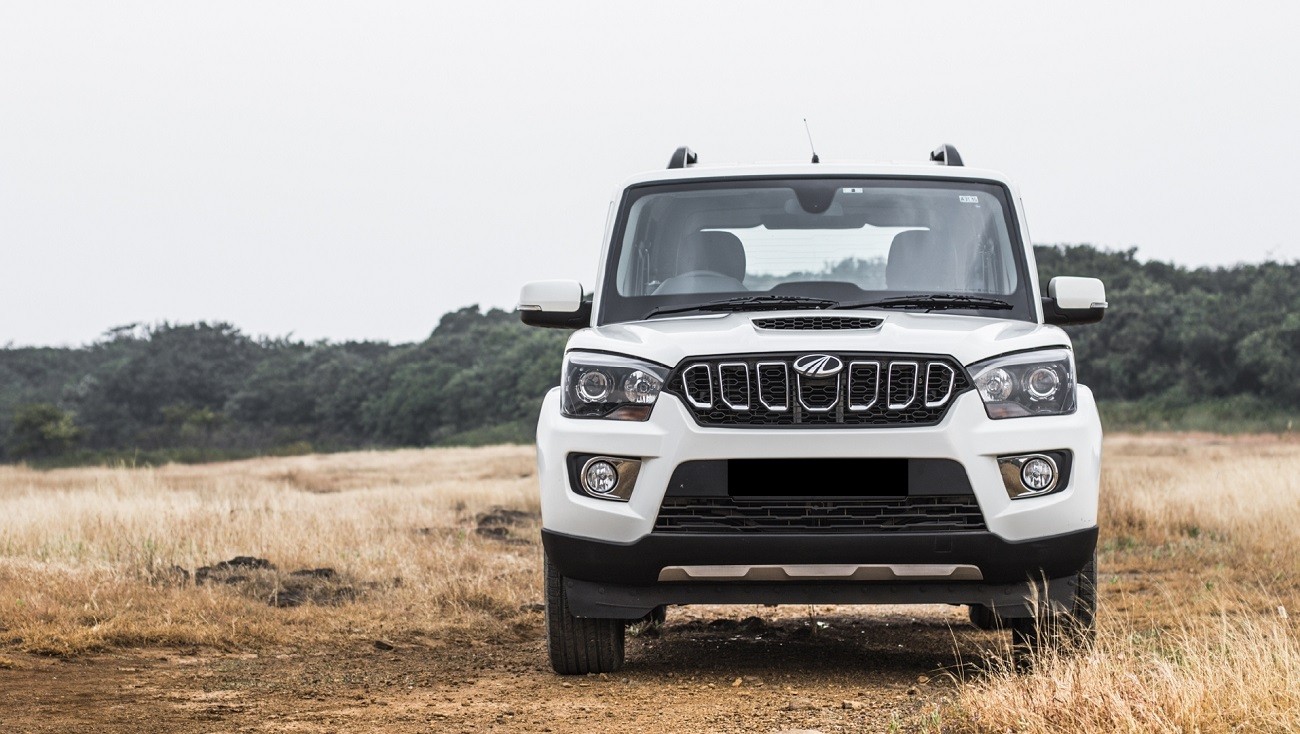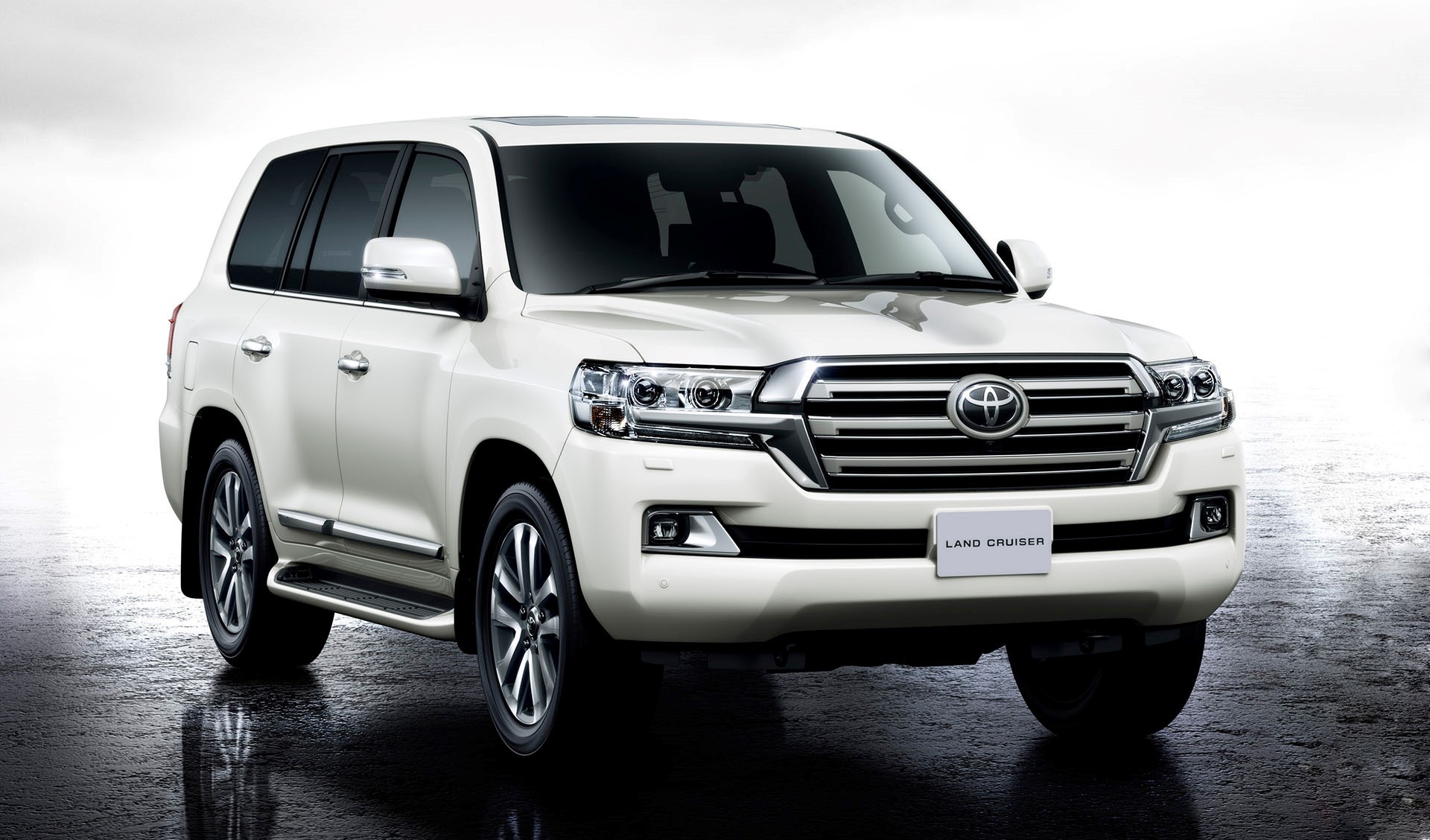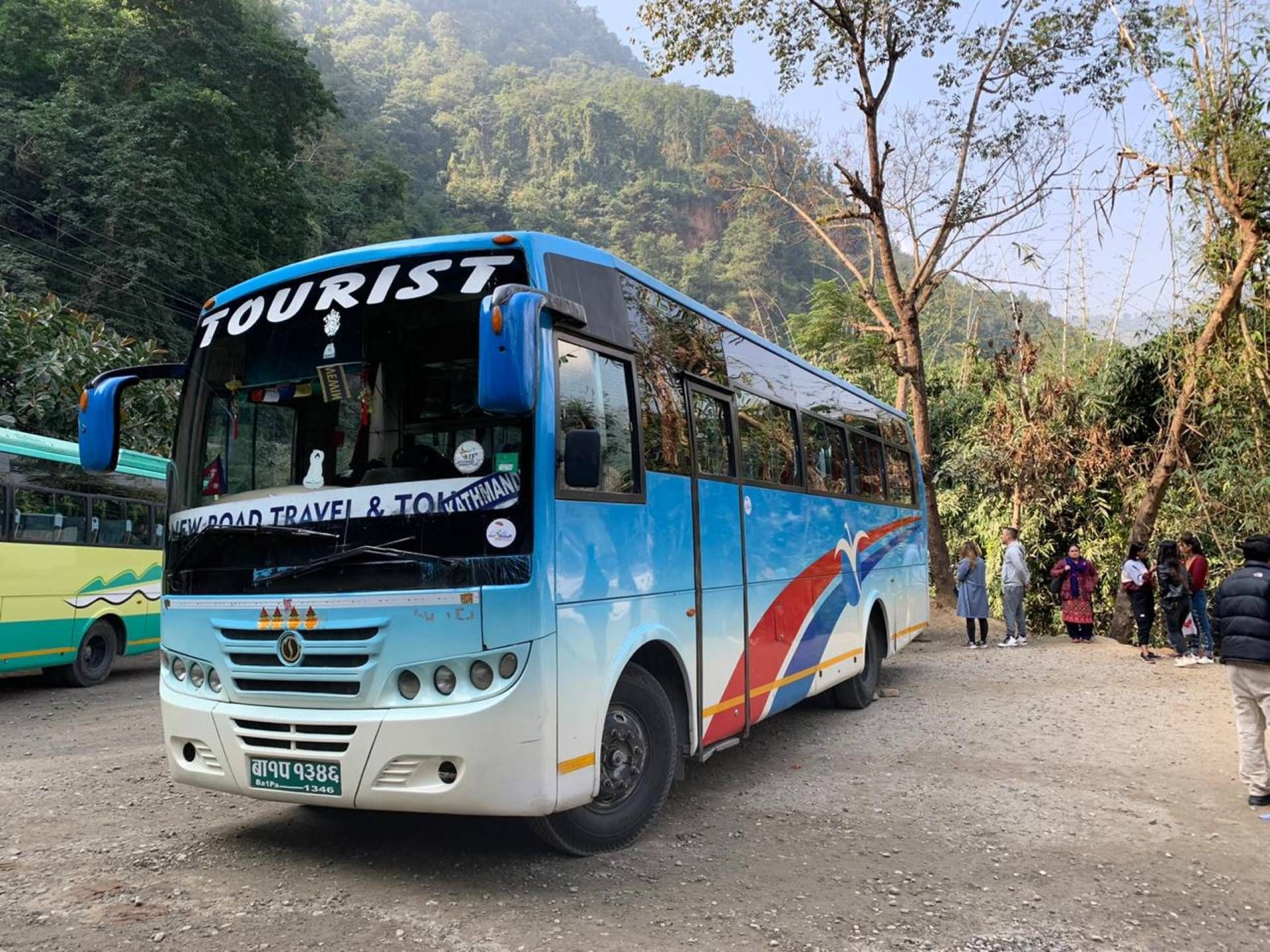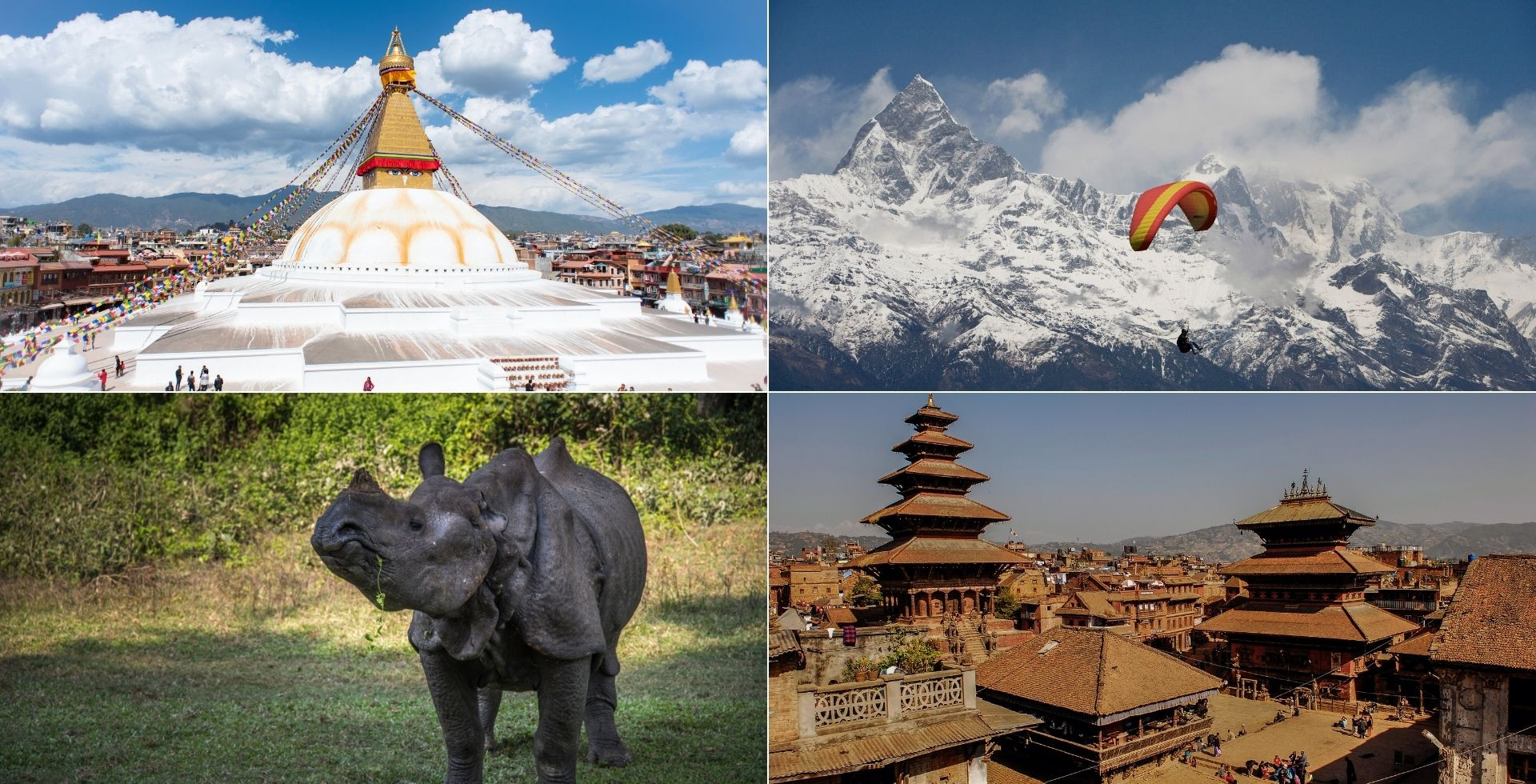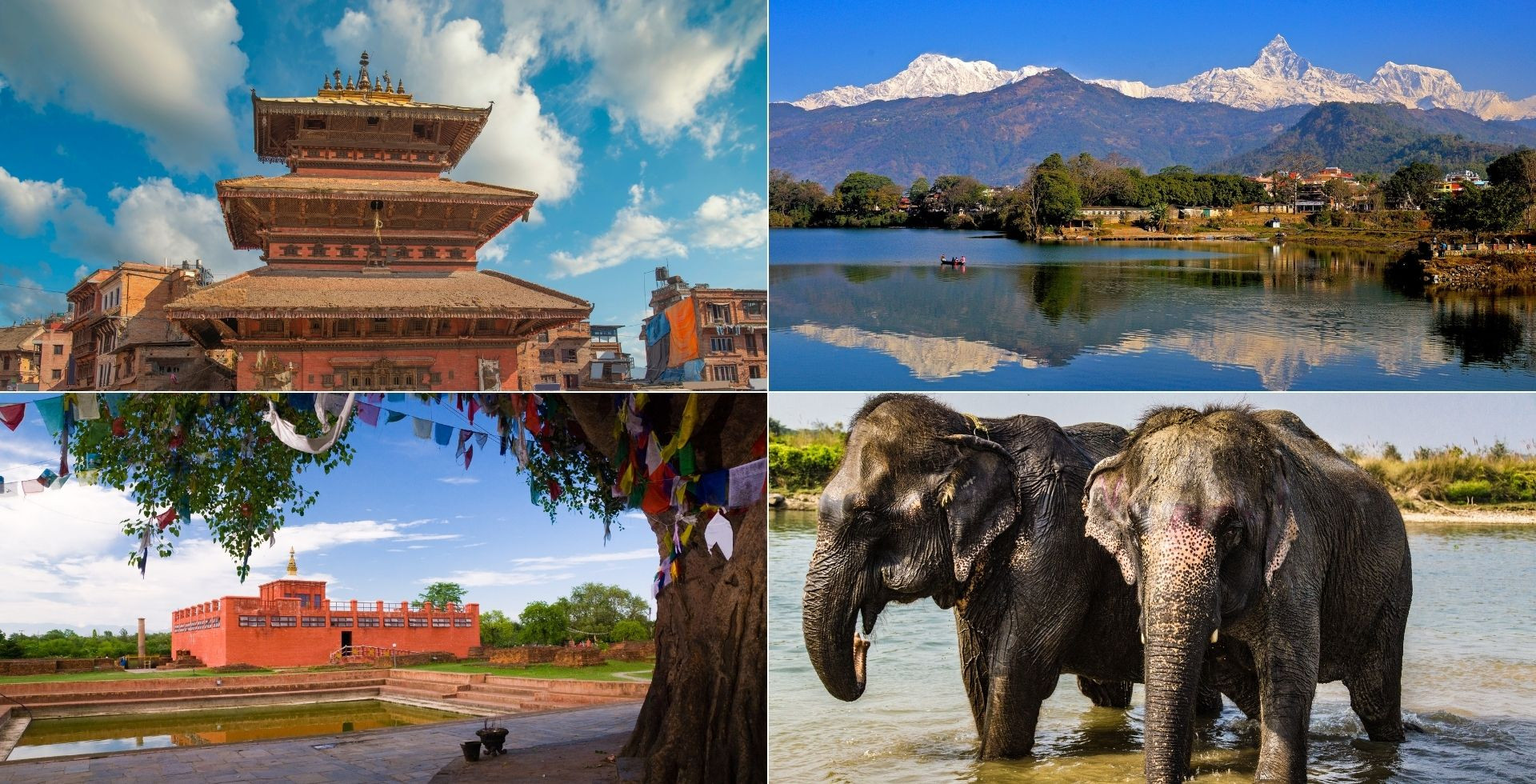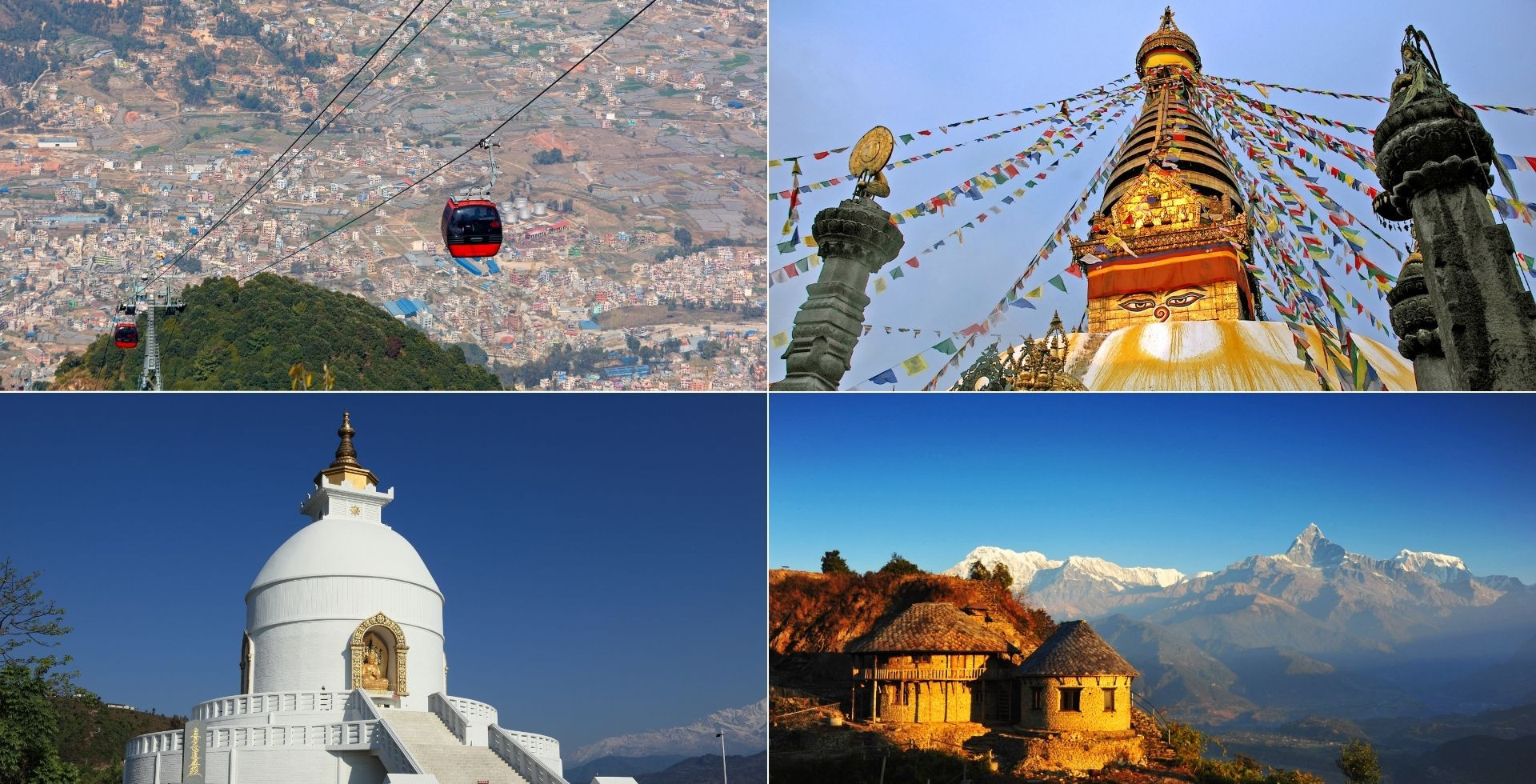At. 10:00 AM: Have your breakfast at the hotel and get ready for your sightseeing tour. Your vehicle for the whole day of sightseeing will arrive at the hotel. During your tour today, you will explore the UNESCO World Heritage Sites of Kathmandu Valley, including Pashupatinath Temple, Boudhanath Stupa, Swayambhunath Stupa, and Kathmandu Durbar Square.
Firstly, you will start with Pashupatinath Temple, a sacred Hindu pilgrimage site. You will wander through the maze of the temple, surrounded by small shrines, each with its own religious significance. Then, stop by Boudhanath, one of the largest stupas in the world and the centre of Tibetan Buddhism, located just 2 km away from the Pashupatinath temple. As you witness the people circumambulating the stupa, you can feel its significance and serenity. There are various cosy cafes and restaurants around the area of Boudhanath that serve different continental cuisines. You can have your lunch there according to your timing. Later in the afternoon, you will visit the Swayambhunath Stupa, famously known as the Monkey Temple, a religious site with Hindu and Buddhist harmony. You must climb certain steps to reach the top of the hill, where the stupa is located. After that, your next exploration will be at Kathmandu Durbar Square, one of the three Durbar squares, where you will travel through the historical lane.
At 05:00 PM: Once you finish your sightseeing, you will be transferred to your hotel. Or you can also go to the nearest dining areas, such as Thamel or Durbar Marg, to enjoy a delicious dinner.
Optional Activity: You can also take part in the thrilling Everest Mountain Flight. It is a sightseeing adventure flight that departs at 06:30 AM from Kathmandu airport to Kathmandu airport, a 1 hour flight that takes you to the stunning aerial view of Mt. Everest (8848 m) and several other mountains such as Lhotse (8516 m), Kanchenjunga (8586 m), Shishapangma (8027 m), Nuptse (7881 m), Ganesh (7422 m), and Chamlang (7319 m).
Pashupatinath Temple is the largest and holiest shrine for Hindus, dedicated to Lord Shiva. This temple, situated on the bank of the Bagmati River, was built in the 5th century. It is represented by a four faced shiva-lingam housed in the main temple. There are around 492 temples, 15 Shivalayas (shrines of Lord Shiva), and 12 Jyotirlingas (phallic shrines) to explore. Although only Hindus are allowed to enter the temple, visitors can clearly see the temple and the activities performed on the temple premises from the eastern bank of the Bagmati river. A centre for Hindu pilgrimage, this temple hosts different major festivals such as Maha Shivaratri and pujas such as Rudra Abhishek and evening Aarti. Additionally, no entrance fee is charged for Indian nationals to enter the temple.
Boudhanath is one of the largest stupas in the world, attracting visitors for its religious and spiritual significance. Around the base of the stupa, you’ll find 108 small niches housing statues of the Dhyani Buddha Amitabha, representing the different stages of enlightenment. It is a sacred place for both Tibetan Buddhists and locals.
Believed to be the oldest Buddhist shrine in Nepal, the history of the Swayambhunath Stupa dates back 2500 years. Also known as a monkey temple, it is a hilltop pilgrimage site surrounded by smaller temples, stupas, and monasteries. This site shows the perfect harmony of Hindu and Buddhist religions with the combination of Buddhist stupas and Hindu shrines.
Kathmandu Durbar Square, the ancient site that was once the royal palace of the Malla kings, showcases the city’s rich cultural and architectural heritage. It is surrounded by palaces, temples, courtyards, and statues, with the centerpiece, Hanuman Dhoka, displaying Newari architecture and craftsmanship. Besides that, other heritage sites such as Kumari Ghar (Living Goddess), Kasthamandap, Jagannath Temple, and Taleju Temple make the square attractive. It is also the centre for different festivals celebrated throughout the year, such as Indra Jatra, Ghode Jatra, and Dashain.


